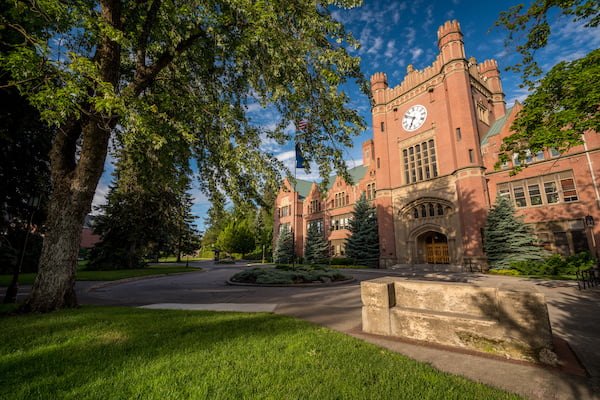Published on
A Shift in Focus for Registrars to Address What is on the Higher Ed Horizon

As we embark on the new year, it’s no secret that higher education institutions across the country are facing large challenges. Declining enrollments are certainly front and center on the minds of leadership. According to a recent Inside HigherED report titled “Adaptation Across the Higher Education Landscape,” in addition to declining enrollments, institutional leaders are also trying to figure out how to combat the increasingly common perception that a college degree is not worth the cost, as well as competing with alternative credit providers and companies that upskill and reskill staff in-house. As a registrar, it’s my job to reflect on these specific challenges and figure out where my focus should lie in the months and years ahead.
The first question I ask is: “What do students want and need from their education to meet their goals?” When a student approaches an institution of higher learning, it is often customary to ask them what program or major they want to study, regardless of the student’s age, skill level or background. Although this may have made sense at one point in time, it no longer does today. Students are seeking out learning opportunities that build upon previous experiences, and institutions must come to terms with the fact that learning is everywhere: students acquire knowledge, skills, abilities and dispositions (KSADs) in many different arenas. In meeting students where they are, we need to flip the script and ask what the student hopes to do with the education they receive. From there, we need to develop the advising capabilities to direct a student on the right course of study, toward the right credential (degree, certificate, a couple of courses) and equip them with the tools that show them how the education they receive supports their ultimate goal(s).
Secondly, in acknowledging the fact that multiple learning avenues exist for learners such as YouTube videos, MasterClass subscriptions and online open course platforms, how can I as a registrar recognize and embrace these various types of learning? How can I validate and contribute to this learning to fulfill a learners’ larger objective? Transfer credit practices will need to be expanded to go beyond traditional school-to-school credit. Schools will have to create pathways for credentials to be evaluated beyond official and unofficial credit sources. Universities and colleges are starting to receive documents from organizations that do not issue transcripts as we know them today. Certificates are issued directly to learners, and learners present them directly to schools. As counterintuitive as this may seem to a registrar, this is the new reality, so is figuring out how to maintain these documents in a document management system. Legacy systems that have been the source of truth for so long must be adapted or scrapped if higher education institutions are to have the capacity to acknowledge the learning students bring before they set foot inside a classroom.
Ultimately, what is most important to most students is that they are ready to take on their next career opportunity by demonstrating what they have learned. Institutions have a responsibility to students to support them in articulating their learning. Many institutions like mine are taking this on by developing digital Comprehensive Learner Records (CLRs) or Learner Educational Records (LERs) that describe student learning at the curricular and co-curricular level. These records describe in detail what the student learned, how they learned it and what they can do. Badging and other microcredentials also highlight a learner’s strengths and show how these strengths directly link to the KSADs in job descriptions.
Registrars are uniquely positioned to work with other leaders at the institution to fully understand current challenges and turn them into opportunities. Although many of these changes will require cultural shifts and the time to develop operational processes and technological capabilities, they will eventually become the norm. Institutions that can adapt quickly and effectively will not only better serve students but will be well positioned to attract learners who are not sure if higher education is for them or whether higher education appreciates what they have to offer.
Resources:
Fischer, Karin. The Shrinking of Higher Ed. https://www.chronicle.com/article/the-shrinking-of-higher-ed. August 12, 2022.
Author’s Note: This piece was edited by Darragh McNally, Associate Vice President at University of Maryland Global Campus.
Author Perspective: Administrator



